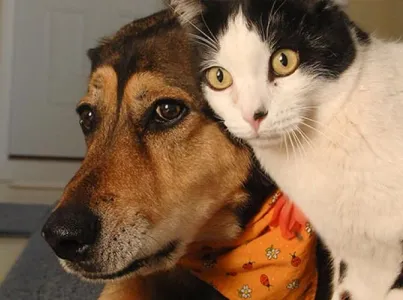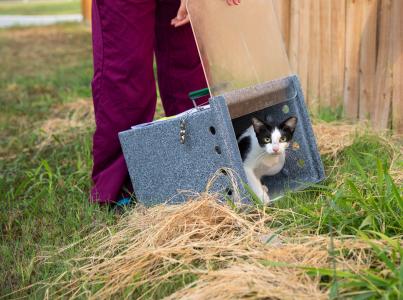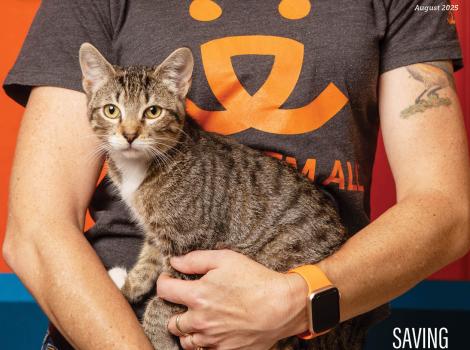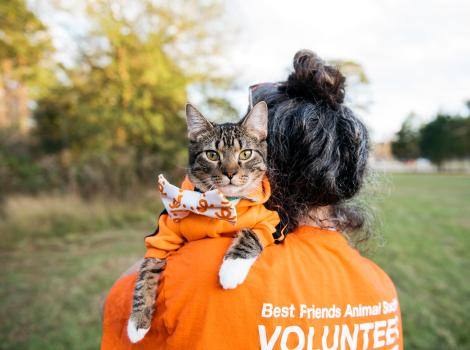
Saving lives in Houston
Hundreds of thousands of adoptable dogs and cats are killed in shelters every year — dogs and cats like those in Houston — just because they don’t have safe places to call home.
Best Friends Pet Lifesaving Center in Houston is dedicated to changing that. Working collaboratively with area shelters, animal welfare organizations, community members, businesses and passionate individuals like you, we’re developing foster programs, encouraging adoption and transporting pets to places where they’re more likely to find homes.
We’re also using a community-based sheltering model that encourages and empowers the public to be involved with and support all aspects of animal welfare in the community.
You can help homeless pets in your area by adopting, fostering, volunteering and advocating for them in Texas.
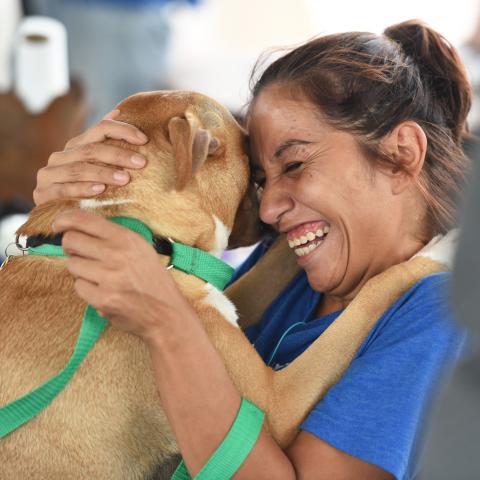

Adopt to help save lives
When you adopt a dog or cat, you’re not only saving a life, you’re making space in a Houston shelter for another pet who needs help.

Volunteer to help save lives
Passionate, caring people like you are the heart of our organization in Houston.

Looking for help?
Events: make a difference for pets
Have fun and connect with fellow animal lovers through a variety of local and national events, big and small.



Give to save lives
Your gift supports the animals of Best Friends and helps shelters nationwide achieve no-kill.

Recent tales from Houston
Looking for a little inspiration? Check out these pets and their stories of hope, love and resilience.
Contact us
Best Friends Pet Lifesaving Center
901 Pinemont Dr
Houston, TX 77018
(281) 899-8348
contacthouston@bestfriends.org
Open by appointment only

